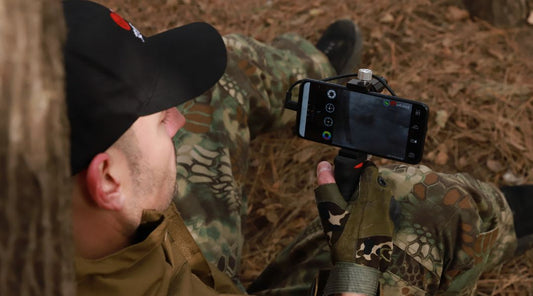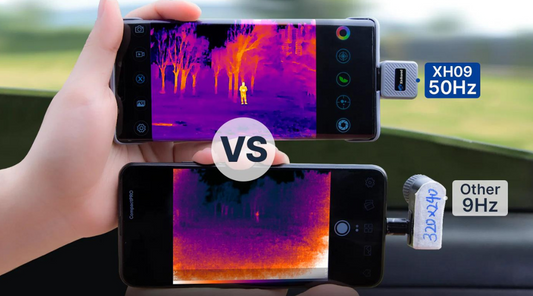Easier Steps for Pest and Sparrow Control: Using Thermal Imaging
Dealing with pests and sparrows can be a persistent challenge for homeowners. Conventional methods often fall short, leading to recurring infestations. However, the integration of thermal imaging into pest control strategies offers a game-changing solution.
Understanding Pest Behavior
Before diving into the world of thermal imaging, it's crucial to understand the behavior of common pests and sparrows. Knowing where they hide and nest allows for targeted intervention. Pests often exploit hidden nooks and crannies, making traditional detection methods less effective. Thermal imaging, on the other hand, capitalizes on heat signatures, revealing their elusive hiding spots.

The Role of Thermal Imaging
Thermal imaging technology operates by detecting infrared radiation emitted by objects. In the context of pest and sparrow control, this means we can pinpoint their locations with remarkable accuracy. Thermal imaging cameras visualize temperature differences, allowing us to identify hotspots where pests and sparrows are most active.
This innovative technology not only aids in detection but also provides a non-invasive approach to understanding the extent of infestations. By using thermal imaging, we can develop a comprehensive strategy tailored to the unique behavior of pests and sparrows.

Steps for Pest and Sparrow Control
Setting up Thermal Imaging Equipment
Begin by acquiring a thermal imaging camera designed for pest control. Modern devices are user-friendly and don't require extensive training.
Identifying Hotspots and Nesting Areas
Take a comprehensive scan of the targeted area. Pests and sparrows generate heat, making them stand out on thermal images. Identify their hotspots and nesting areas for precise intervention.
Implementing Targeted Control Measures
Armed with thermal imaging data, implement targeted control measures. Utilize safe and effective pest repellents, seal entry points, and disrupt nesting patterns. This approach minimizes the use of chemicals and ensures a more environmentally friendly solution.
Monitoring and Reassessing with Thermal Imaging
Pest control isn't a one-time effort. Regularly monitor the area using thermal imaging to track the effectiveness of your interventions. This proactive approach allows for adjustments as needed, ensuring long-term success.

Benefits of Using Thermal Imaging
Efficient and Non-invasive Pest Detection
Thermal imaging provides a non-invasive way to detect pests without disrupting your living space. It's an efficient method that allows for early intervention, preventing infestations from escalating.
Cost-effective Long-term Pest Management
While the initial investment in thermal imaging equipment may be required, the long-term cost savings are significant. Precision control means less reliance on expensive chemical treatments, resulting in a cost-effective and sustainable solution.
Minimizing Environmental Impact
Compared to traditional pest control methods that often involve the use of harsh chemicals, thermal imaging minimizes the environmental impact. It's a greener, more eco-friendly approach to managing pest and sparrow populations.

Best Practices for Thermal Imaging
To make the most of thermal imaging for pest control, follow these best practices:
Proper Equipment Handling and Maintenance
Regularly maintain your thermal imaging equipment to ensure accurate readings. Calibration and routine checks are essential for reliable results.
Training for Accurate Interpretation
Invest time in understanding how to interpret thermal images accurately. Proper training ensures that you can identify potential issues with confidence. Welcome to our community to discover more real-world applications.
Integration into Routine Pest Control Practices
Incorporate thermal imaging into your routine pest control practices. Regular scans can help identify and address emerging pest issues before they become major problems.





